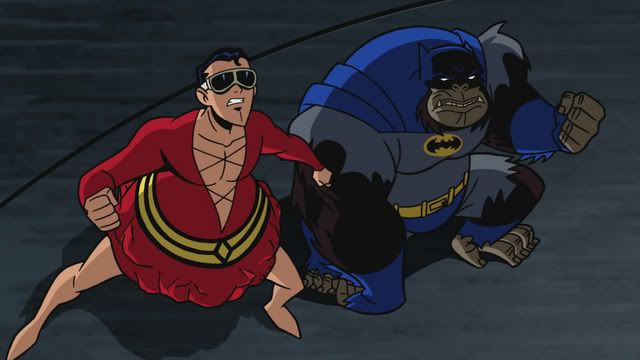The majority of this week's lecture focused on television adaptation. As our group is looking to adapt our graphic novel to the film medium, we had to work through the lecture material and translate it's content to the film medium. What we hit on was the potential for audience participation in the creation and continuation of a franchise as well as the aftermarket potential of a franchise.
Our screening this week was the pilot episode of Heroes, a television show that spawned a vast, interactive marketing campaign called Heroes 360 Experience. This campaign invited audience members to search through clues dropped on the show and on the series' website in order to find additional content and insight into the ongoing plots of the show. A few examples of these websites, which are at the time of this posting still available, are www.primatechpaper.com , www.activatingevolution.org , and www.votepetrelli.com .
By including the audience in a mystery “game” that gave them extra content, Heroes achieved two things. First, the built massive hype around the show. Rather than having TV ads that give vague plot summary and attempt to build suspense in a thirty second time span, the audience were given something to delve into, explore, and invest in. An interested participant could easily spend an hour searching for hidden clues or learning the minute details of a character. Second, the audience members who found the hidden clues and websites were made to feel like they were amongst the elite. They had access to information that nobody else did. This built a strong sense of brand loyalty and helped to sustain the show through four seasons.
This type of marketing campaign is exactly what we are looking at for our own project. As described by Jeff Parker in The Temple of Atlas, a viral marketing campaign was used to market the comics by distributing codes and information through the comic book vendors that the readers could then use to find “hidden” information about the team members and the ongoing plot of the graphic novel.
While thinking about the audience, we also started to consider the aftermarket of our franchise. In order to gain insight, we examined the aftermarket campaign of Watchmen. The first, and admittedly most obvious, area that we examined were home versions of the film. What we found is that Watchmen has had several iterations on the DVD and BluRay market. At present, Watchmen is available on DVD and BluRay in a standard, special edition, director's cut and ultimate edition. As well, there have been several related projects sold under the Watchmen franchise. These include Watchmen: The Motion Comic and Watchmen: Tales of the Black Freighter, both of which are available on DVD and BluRay. This is a very large number of products that were spawned, in essence, from one source.
 |
| These are just SOME of the Watchmen DVD collection |
We believe that our project has the potential to spawn as many, if not more, products. By using a standard to special edition to director's cut strategy, we can release more and more content over time and thus resell the original product as many times as possible. As well, by including related projects, such as the origin stories of each character or a two-for-one deal with the upcoming Avenger's movie, packaged with a third disc covering the “What if?” storyline, we can deliver content that is exclusive to a specific iteration of our film in the aftermarket.
A second area that we explored was the video game market, a massive market amongst our key demographic. In translating a film to a video game, we discussed two possibilities. We could either mimic the story of the film, giving the audience control over something familiar, or we could build up a new storyline and give the audience a completely new experience. Using Watchmen again as an example, we can see the success of a video game adaptation. The video game Watchmen: The End is Nigh was an immediate seller, despite conflicting reviews amongst critics. As well, the video game was sold packaged with the BluRay edition of Watchmen's special edition and director's cut.
 |
| The PS3 version of Watchmen: The End is Night, with the film bundled in. |
The audience is obviously a key point in film, and all other forms of entertainment media. By including them in our adaptation process, there is much to be gained. Whether it be directly, as we've seen done in Heroes and Batman, or through the options provided to them, as we've seen with Watchmen, the audience has the final word on the success or failure of a franchise.
Parker, Jeff. Agents of Atlas. New York: Marvel, 2009. Print.




